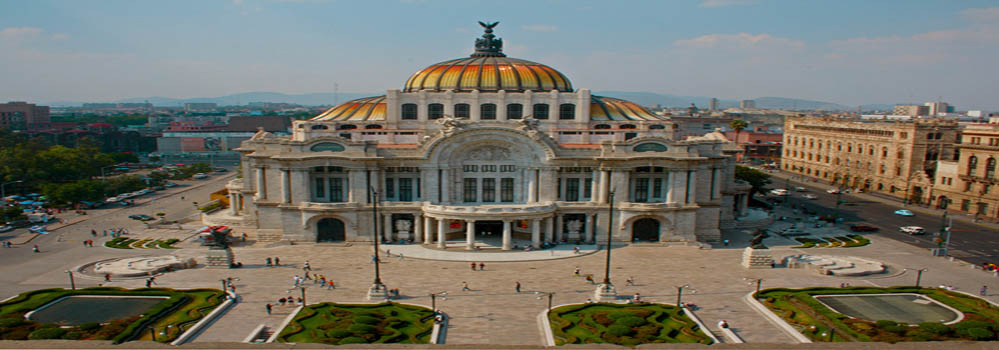Exploring New Mexico
New Mexico's scenic beauty, rich cultural heritage, and unique mix of Native American, Hispanic, and Anglo-American people make it a fascinating place to visit. The forested peaks of the Rocky Mountains in the north offer ski resorts in winter and cool retreats in the hot summers. Northern New Mexico is also noted for its quality of light, with stark shadows and soft colors that have attracted generations of artists to the region, especially to the creative centers of Santa Fe and Taos. Albuquerque is the state's centrally located largest city, and, to the south, visitors can explore ancient Native ruins at Bandelier National Monument, as well as such natural wonders as the gleaming dunes of White Sands National Monument and the cave systems of Carlsbad Caverns.
Getting Around
New Mexicohas two major Interstate Highways, I-25 and I-40, which cross each other in Albuquerque.
Interstate 25 cuts north into Colorado and south into Mexico. Interstate 40 cuts east to west, into Texas and Arizona respectively. To the south, Interstate 10 connects the city of Las Cruces with Arizona.
Albuquerque airport is New Mexico's main hub for both international and domestic flights. Greyhound buses run from Albuquerque to Santa Fe and Taos.
Hispanic Culture in New Mexico
The Heart Of Hispanic culture in the Southwest is found in New Mexico. Here, the Hispanic population, descendants of the original Spanish colonizers of the 16th century, outnumbers that of the Anglo-Americans. The Spanish introduced sheep and horses to the region, as well as bringing Catholicism with its saints' festivals and colorful church decorations.
Centuries of mixing with both the Southwest's native and Anglo cultures have also influenced every aspect of modern Hispanic society, from language and cooking to festivals and the arts. Contemporary New Mexican residents bear the Hispanic surnames of their ancestors, and speak English with a Spanish accent.
Even English speakers use Spanish terms.





